
It was well past dark, and our headlights were punching holes through the black void ahead. For the past 10 hours we’d been bouncing over rocky tracks, diving bumper-first into powdery silt beds, and twisting our way through precipitous arroyos. My duties as navigator were to keep an eye on the road book and GPS, and watch for hazards on the track. General grunt work you might say.
That afternoon we’d lost time when we stopped to pull our friend Larry’s AMC Rambler out of a sand wash, and with a cut-off time of 10pm we were now in a race against the clock. I calculated our position and called out to Ned Bacon, my pilot, “We’ve got to average 20mph (32.2km/h) to make it.” We weren’t fast, but this ‘race’ was a tortoise-versus-hare pursuit.
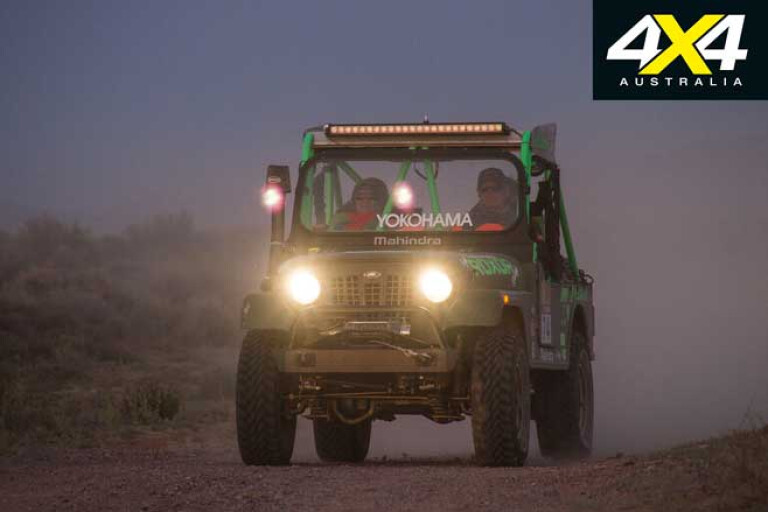
This was Day 4 of the NORRA Mexican 1000, a 1250-mile (2000km) off-road contest in the vast expanses of Baja, Mexico. We were characters in Chapter Three of a two-month chronicle of dirt tracks and red rocks. If we finished this stage on time, there was a possibility the “mighty” Mahindra Roxor under our butts was going to put us on the podium.
One might ask what the heck Ned was thinking … racing an underpowered UTV with a top speed of 55mph (88.5km/h) tyre-to-tyre with 400hp (298.3kW) Ford Broncos? Well, Ned is the kind of guy that if you put a green flag in one place and a chequered flag in another, if the opportunity arises he’ll don a helmet and jump on a pogo stick to get there first.
As with most crazy adventures, the opportunity arose over a coldy and a dare – could he finesse a rig with a 93-inch (2362mm) wheelbase and only 66hp (49.2kW) over some of the most demanding terrain south of the border? He upped the ante by adding to the pot the Easter Jeep Safari and Sonora Rally, another five-day endurance event in Mexico.
Before we delve into details, let’s examine this unlikely competitor’s backstory. A few months earlier, Mahindra delivered a bone-stock Roxor to Ned’s shop and he went to work getting it race-ready. The term “race-ready”, however, should not be confused with a complete strip down and rebuild.
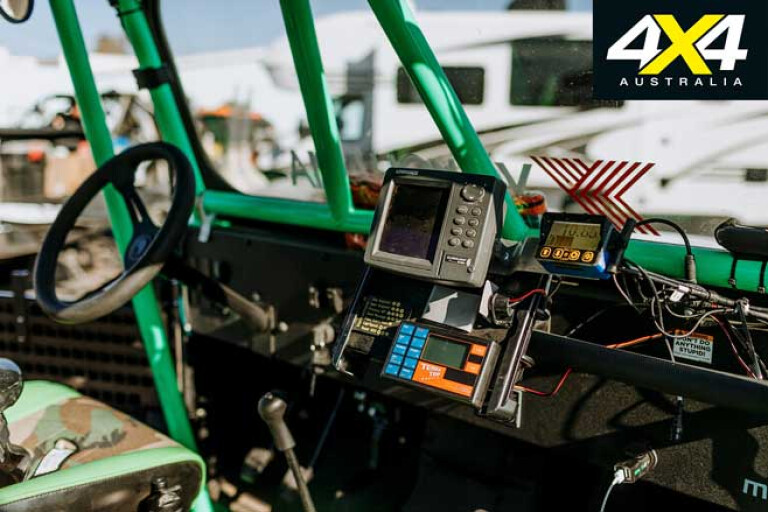
The boxy UTV came from an Auburn Hills, Michigan, assembly plant sporting Dana 44 axles, a rugged steel ladder-boxed chassis and a diesel engine. Mahindra was licensed by Willys Overland to manufacture the CJ-3A back in 1947, and has continued production for more than 70 years, but it is also one of the world’s leading producers of tractors, aeroplanes and military vehicles.
Racing protocol mandated the installation of a full roll cage, PRP Roadster seats and harnesses, RaceQuip nets and a few other items. Because stuff happens in the desert, a Mahindra Accessories front bumper and winch plate were added along with an 8000lb Warn recovery winch, Spydura synthetic line, and two sets of MaxTrax. The drivetrain and suspension were left alone, save the addition of Fox 2.0 remote-reservoir shocks, Deaver add-a-leafs, bump stops and a Spartan ‘lunchbox’ locking differential in the rear axle.
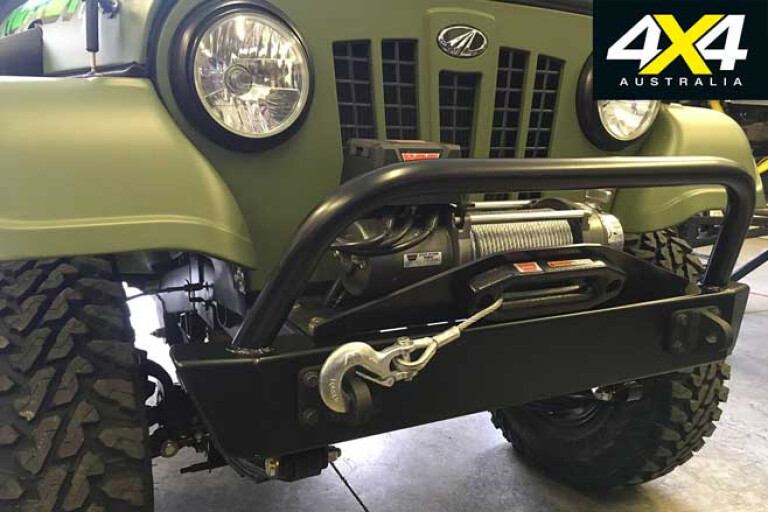
In an attempt to squeeze every ounce of juice from the 2.5-litre turbo-diesel, Ned had Vivid Racing re-flash the ECU which netted a solid 40 per cent increase in performance – to a whopping 90hp (67kW) and 200lb-ft (271Nm).
Other goodies included Mahindra doors and windshield, a snorkel and custom ‘wing’ on the roof ... we’ll call that a shade feature. After wrapping a set of Yokohama Geolander MTs around the stock wheels, it was off to Mexico and Chapter One, an 800-mile (1300km) off-road shakedown at the Sonora Rally.
South of the Border

I chased Ned and wife Kat (his normal navigator) through the endless sand sea of the Altar Desert, down long sandy beaches, up rutted arroyos, and uphill and down dale. Admittedly, sometimes I sat for hours in the shade of a lonely tree waiting to capture a photo – they were always dead last. I must preface this comment by mentioning that being slow isn’t necessarily a bad thing; you make a lot of new friends when you’re the last guy on the track.
Case in point: On several occasions, hotfooted drivers who had whizzed by ended up on the receiving end of Ned’s tow strap. The mighty Roxor rescued one UTV from certain death by pulling it out of the surf in a rising tide. Another (with two broken axles) was indebted after a long tow from a remote arroyo – the usual payment for said services is an endless supply of coldies at the nightly bivouac. Bacon said, “The highlight was pulling other competitors off the course when they were broken down.” The Roxor didn’t see the podium, but it did ferry its human companions to the finish line with nary an issue.
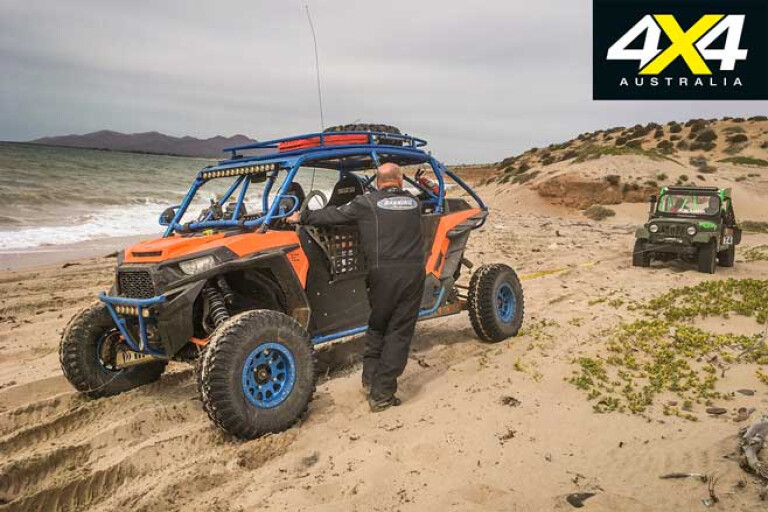
“In the dunes it was like we brought a knife to a bazooka fight, but that thing is a rock … or Roxor. Like a little tractor, it did everything we asked. Rough as a cob, but just kept chugging along. It had 200 miles (321.8km) on the odometer at the starting line, and the only issue we had the entire race was a stretched fan belt.”
Chapter Two in the epoch found our lead character traversing the backcountry slickrock of Moab, Utah. Ned was one of the pioneers in the sport of competitive rock crawling, and sissy routes were not on the agenda. But the little Roxor, with its torquey diesel, nimble size and rear locker didn’t flinch, putting from one hardcore trail to the next, day after day. From Moab it was loaded on a trailer (the Roxor is not street-legal in the US) and found itself back in Mexico facing a daunting task.
The Wilds of Baja
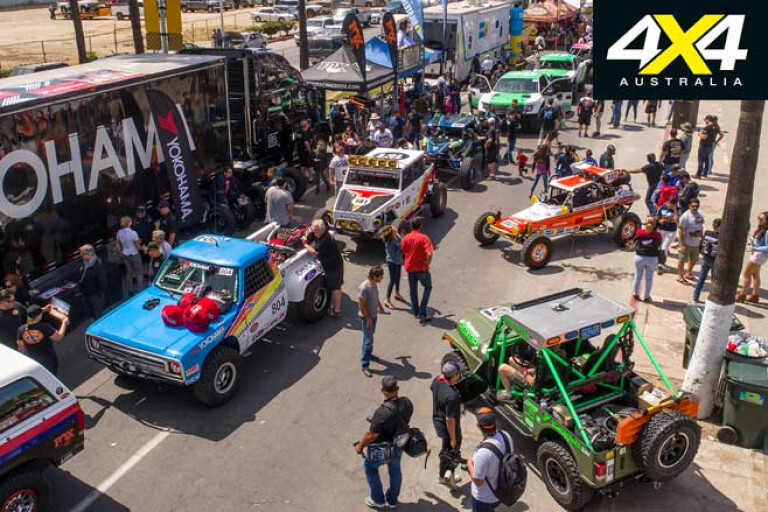
Hundreds of well-prepped four-wheel drives, dirtbikes and UTVs lined the streets of Ensenada for the start of the NORRA Mexican 1000 vintage rally. South by southeast as the crow flies, a chequered flag awaited in the 1730s mission town of San Jose del Cabo. While nearly all teams utilise a chase crew to carry extra tyres, fuel, spare parts and even backup drivers, Ned runs solo.
His steed must not only survive whatever conditions presented, but also transport him 1000 miles (1600km) back to a tow rig near the border. There was no way in hell they were going to win their class, but that didn’t matter. Life is about fun, and NORRA’s tag line is “The Happiest Race on Earth”.
Ned said, “Our goal is never to win any podium placement, just finish the race and have fun. So far that strategy has seen us on the podium three times.”
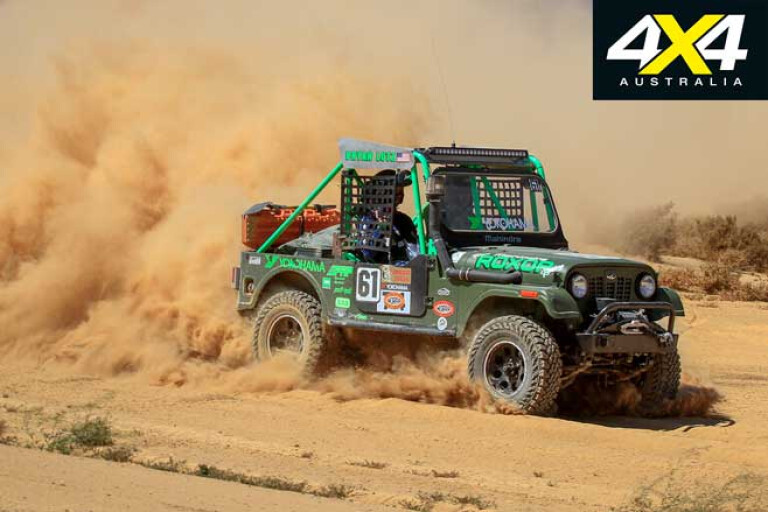
Three days later I slipped on my fire suit and helmet, and climbed in. I’m not proud of the fact I was Ned’s third choice. Kat had other commitments and his backup navigator, Brian Lutz, was spending the day praying to the porcelain god – he and Ned had dinner with Montezuma the previous night. Ned had peeled himself away from the toilet in time to make his start time, but looked like an emaciated corpse.
By the time the sun disappeared in the west, we still had 40 more miles (64.4km) of Baja’s rockiest, most miserable terrain to traverse. That day’s course was only 260 miles in length, but I’d wager we only put 130 (209km) on the odometer, as we spent half the time in the air … like a pogo stick. But the Roxor took it in its stride, chugging along at its own pace undeterred by delusions of podiums and trophies.
Reaching the chequered flag with 12 minutes to spare, we turned the wheels toward La Paz. Larry pulling up in his Rambler a few minutes later. Underdogs rejoice! Feeling like a couple of wet noodles, it was one of those days we might look back on through rose-tinted glasses and say, “We had a good time … didn’t we?”

Ned fired up the mill the next morning, Brian climbed back in, and they drove like banshees (as much as a Roxor can “banshee”) to San Jose del Cabo and the chequered flag. When the dust settled after more than 1250 miles (2011km) of Baja’s best, Team Roxor had achieved a proud third in Class on the podium.
I overheard a patronising comment that, “yeah, but only three vehicles finished.” I had to laugh at the person’s naivety and chimed in, “exactly, you’ve obviously never run this race.” The roads in India are largely undeveloped, and the mighty little Roxor takes its cues from its brethren tractors; it just doesn’t stop.
Vehicles that finish a race like this have the fortitude to survive. As for the content of Ned’s toolbox, it never saw the light of day. When trophies and awards were claimed, fireworks flamed out, and cold cervezas ceased to flow, Ned turned the wheels north toward Ensenada for a few days of backcountry camping on the way home. The Roxor can definitely take claim to championing the ‘Utility’ in UTV.
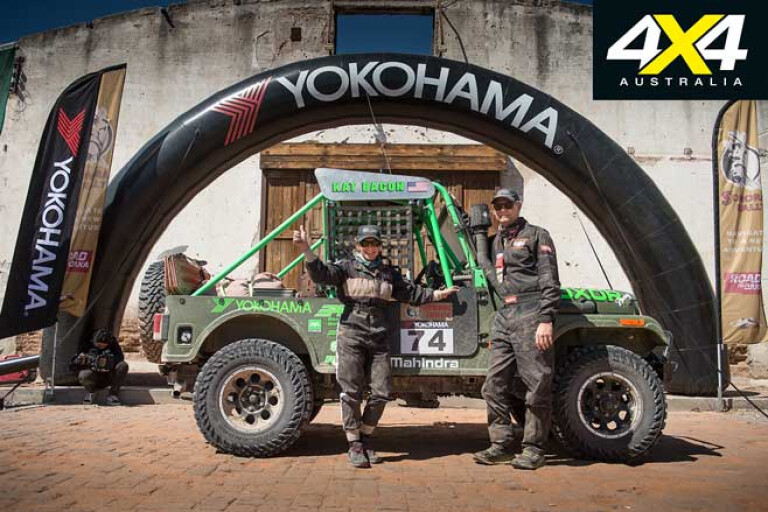
MAHINDRA ROXOR UTV SPECS:
Engine: 2.5-litre turbo-diesel M2DiCR
Max Power: 67kW
Max Torque: 271Nm
Transmission: 5-speed manual
Transfer case: 2-speed manual
Axles: Dana 44, 3.73:1 ratio, Spartan rear locker
Suspension: Stock, Deaver add-a-leafs, Fox 2.0 shocks
Wheel & Tyre: 265/75R16 Yokohama Geolander MT, stock aluminum wheels
Bumpers: Modified stock Mahindra HD
Recovery: Warn 8000lb winch, Spydura synthetic rope
Fuel economy: 10.7 - 11.8L/100km

COMMENTS